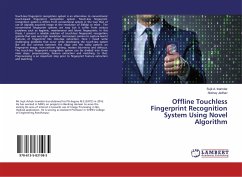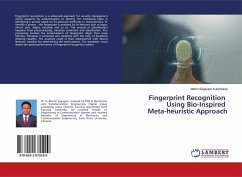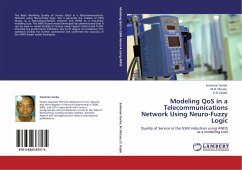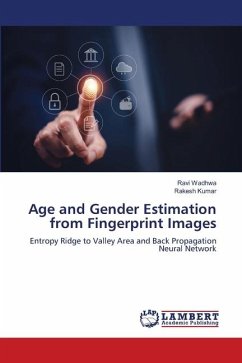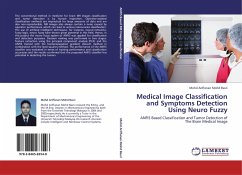Fingerprints, the oldest and most widespread biometric identification system are commonly used for criminal investigation in Forensic Science. There is a minute statistical theory on the Rareness of fingerprint minutiae. A critical step in studying the statistics of Fingerprint minutiae is to reliably extract minutiae from the fingerprint images. However, fingerprint images are rarely of perfect quality. They may be degraded and corrupted due to variations in skin and impression conditions. Inferences drawn from various fingerprint identification algorithms such as minutiae point matching or correlation matching or filter-bank-based fingerprint matching is that the performance is based on the quality of the image taken for fingerprint representation from various sources. Thus image quality should be improved for better detail recognition. This thesis presents an analysis and comparative study to extract minutiae points in a particular fingerprint image. First, a fuzzy logic-basedimage enhancement method has been applied to obtain a more consistent approximation of minutiae points and their location, and then a different algorithm is used to extract them.
Bitte wählen Sie Ihr Anliegen aus.
Rechnungen
Retourenschein anfordern
Bestellstatus
Storno




